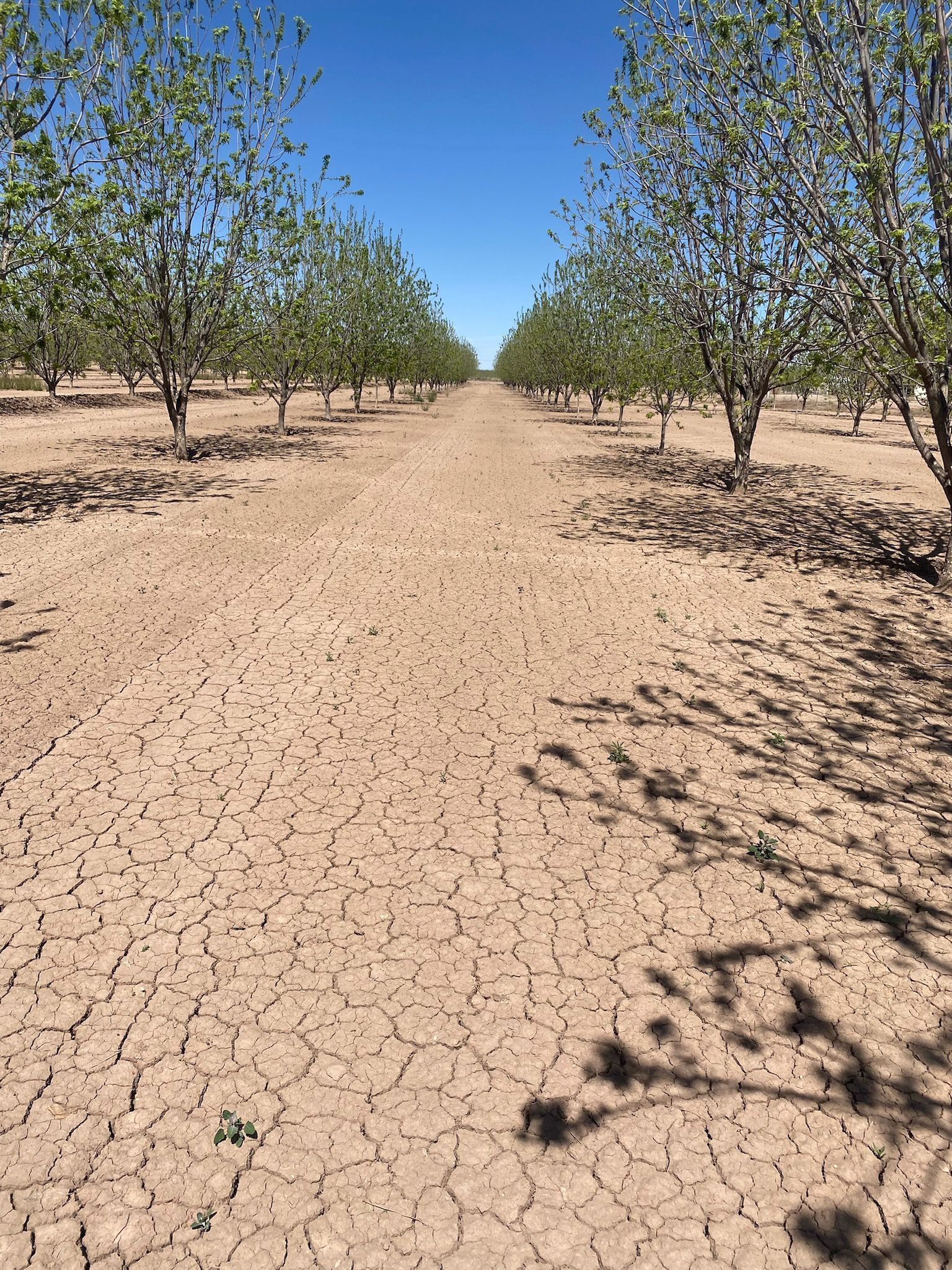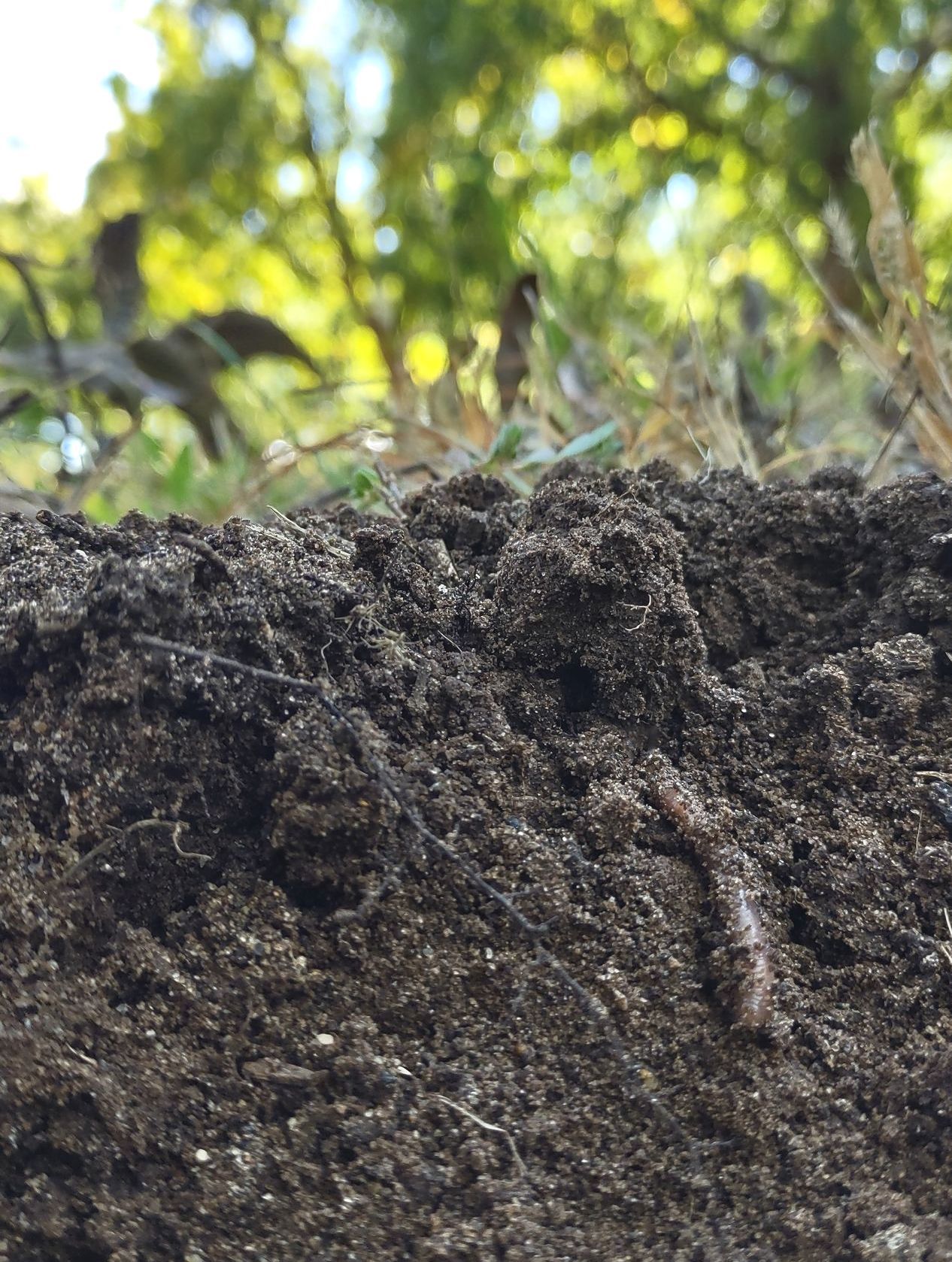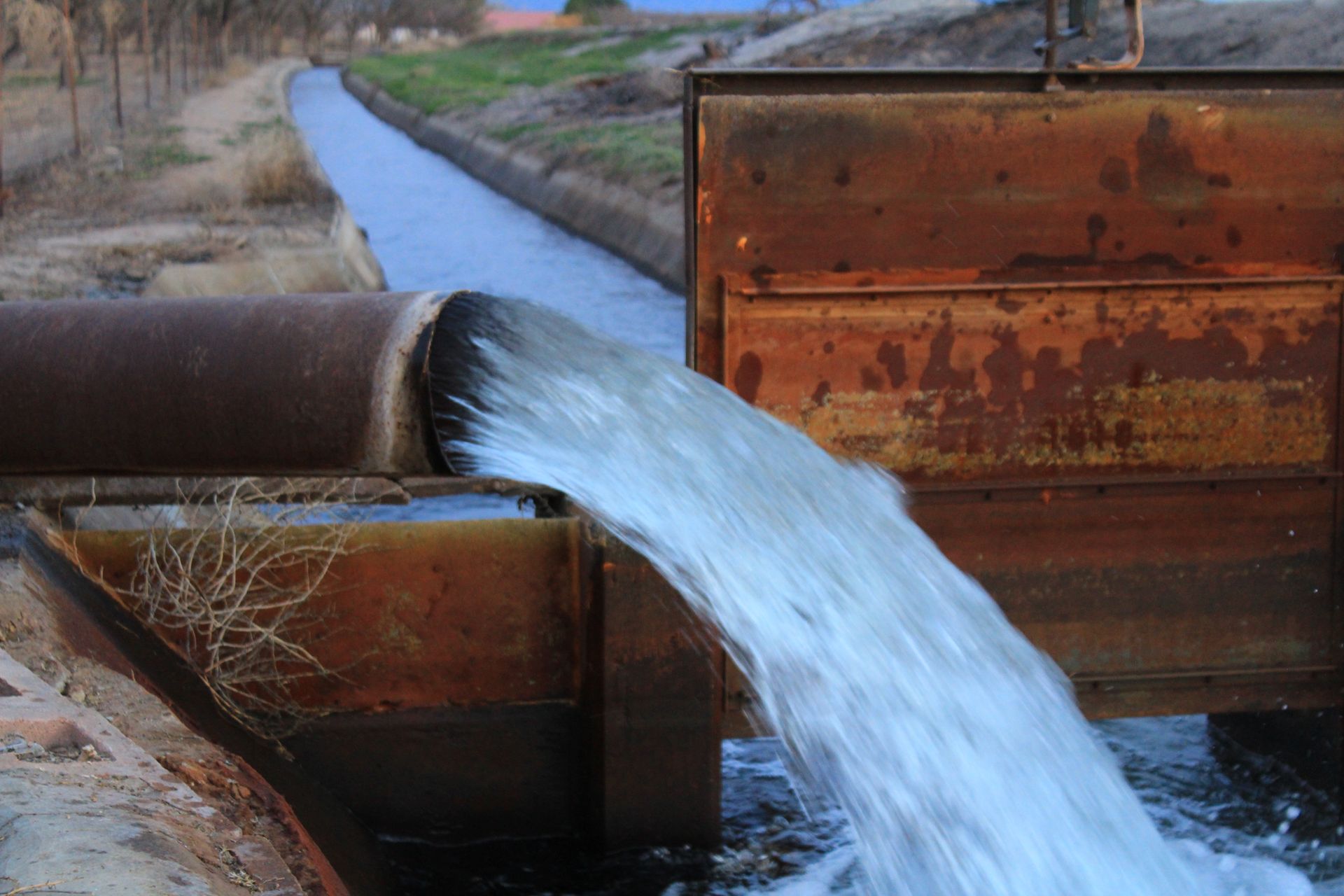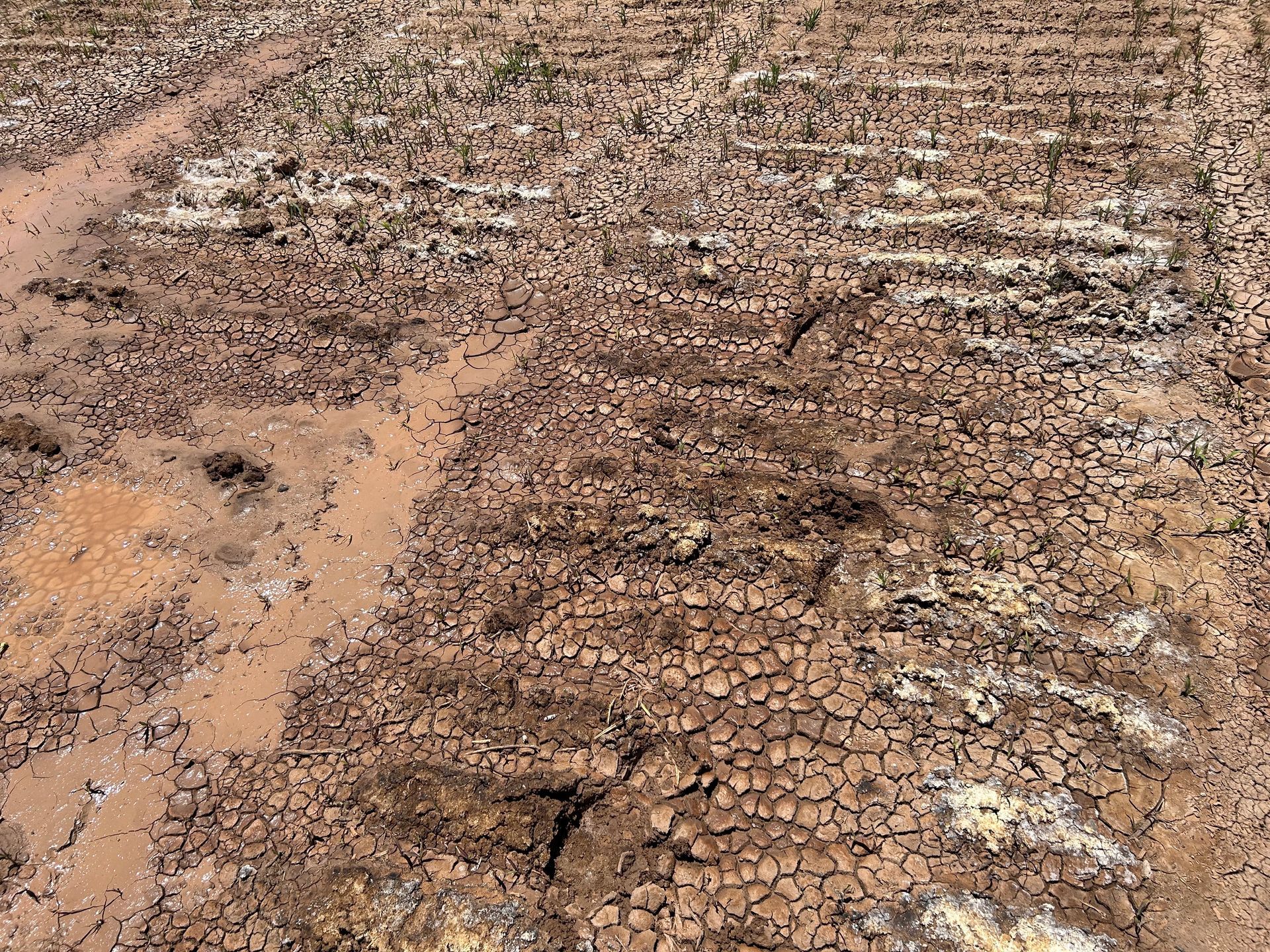Cover Crops

Welcome...
to the Next Level
of Soil Building
for the Southwest!
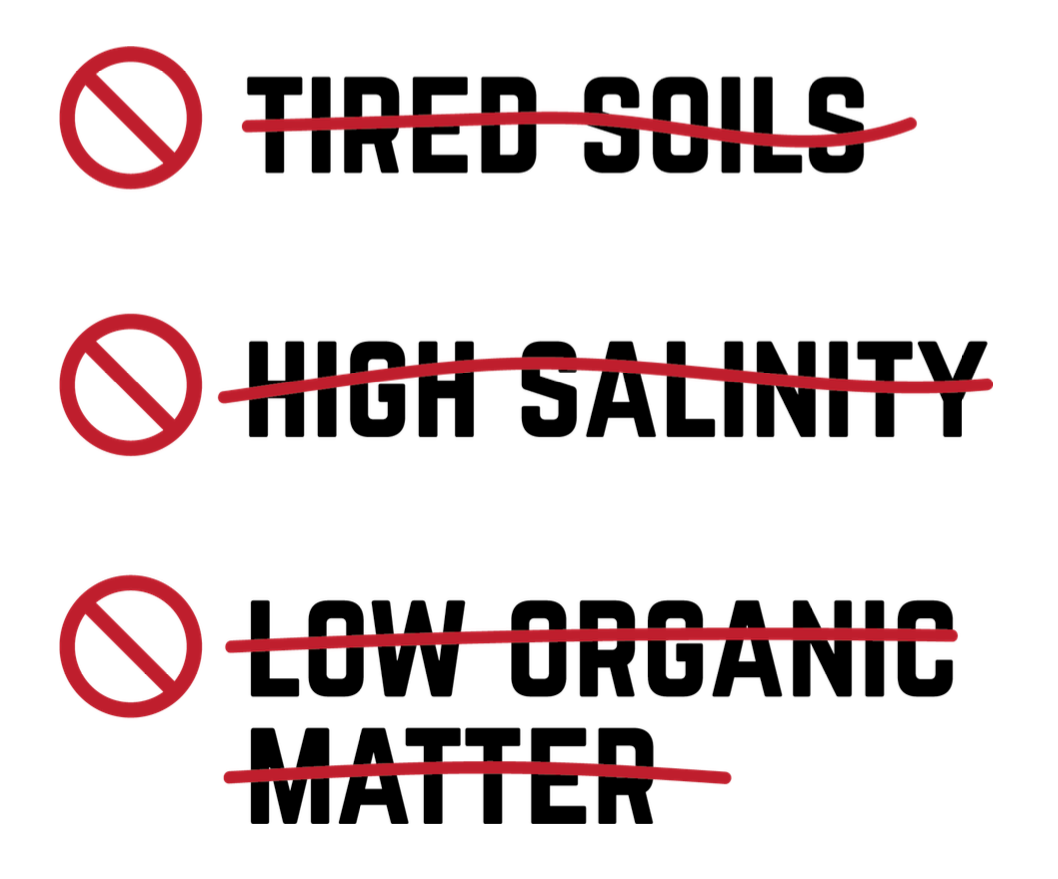
Three Powerful Blends
for seasons of change
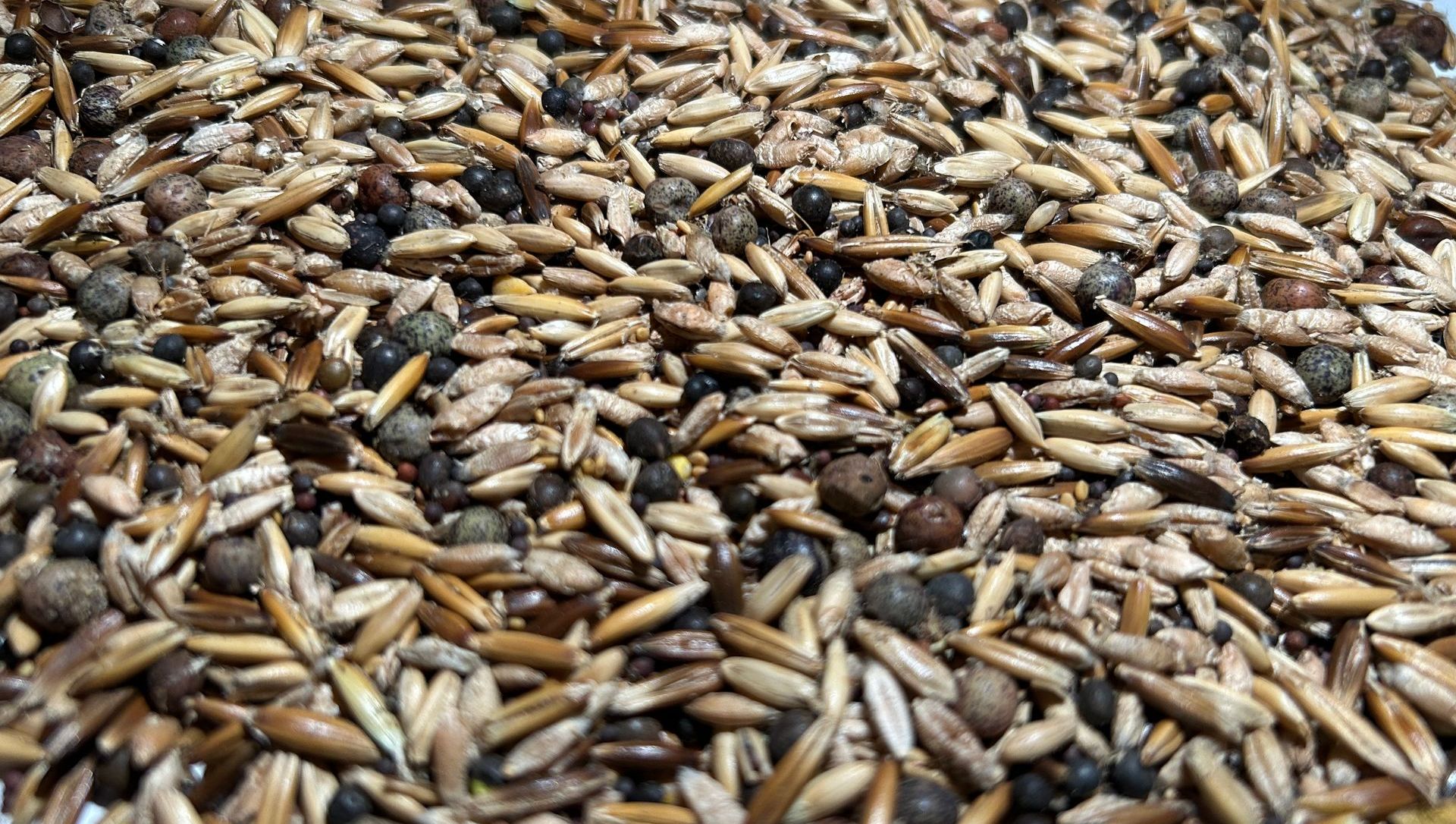
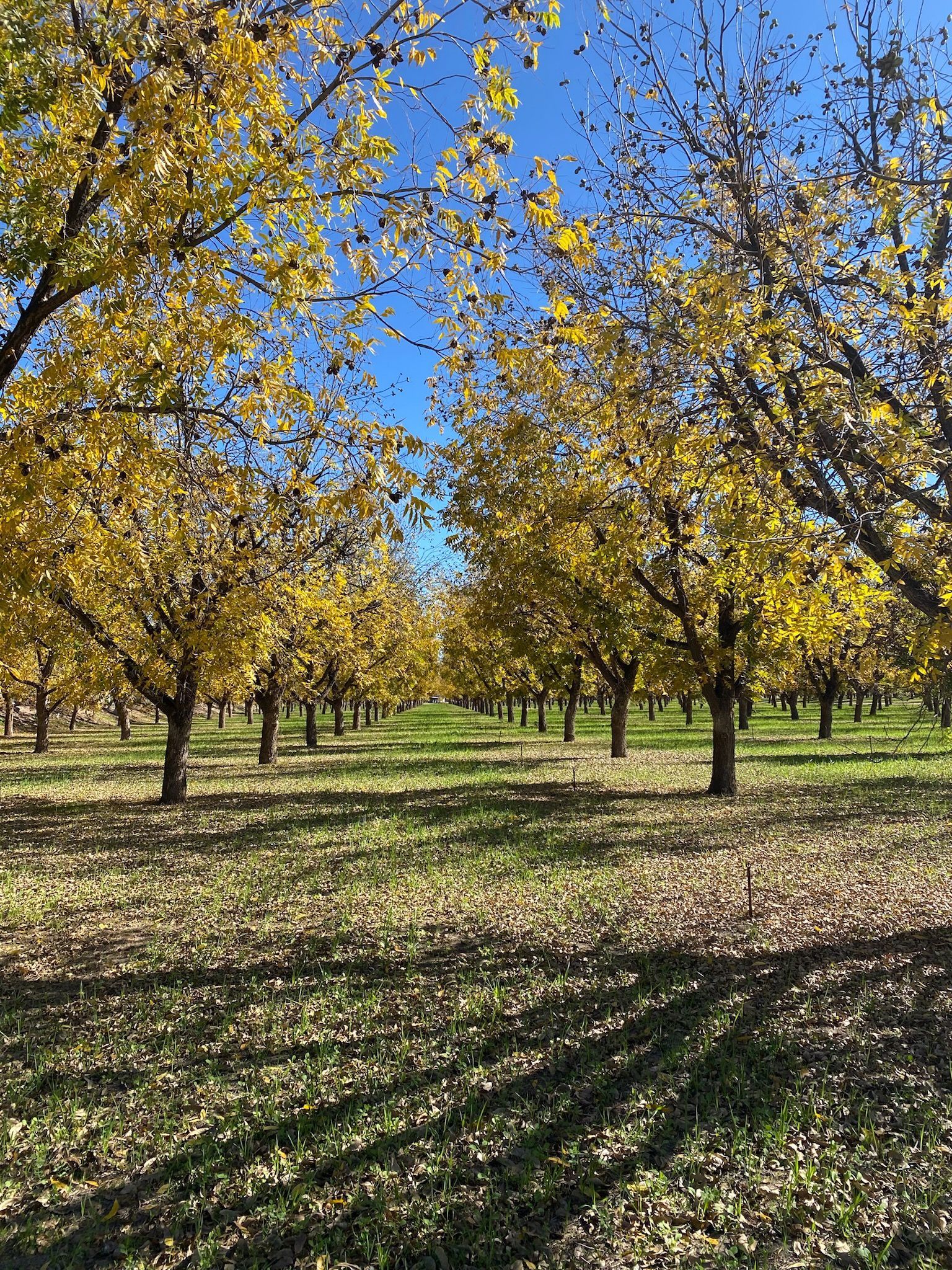
Autumn
Amplify™
This 10-way blend is specially crafted by our team to utilize the last burst of the fall growing season to pump life and energy into your soils. It is designed to maintain a strong presence throughout winter dormancy and kick off to a hardy start early in the Spring of the year. The species in this mix provide good spring forage, as well as flexibility to be planted in early Spring.
Just like its name suggests, you will find this mix a great boost to your soil structure and life. Each seed type is proven to thrive well in the sand, loam and clay soil types of the Southwest, and together create a symphony of soil building benefits that farmers love.
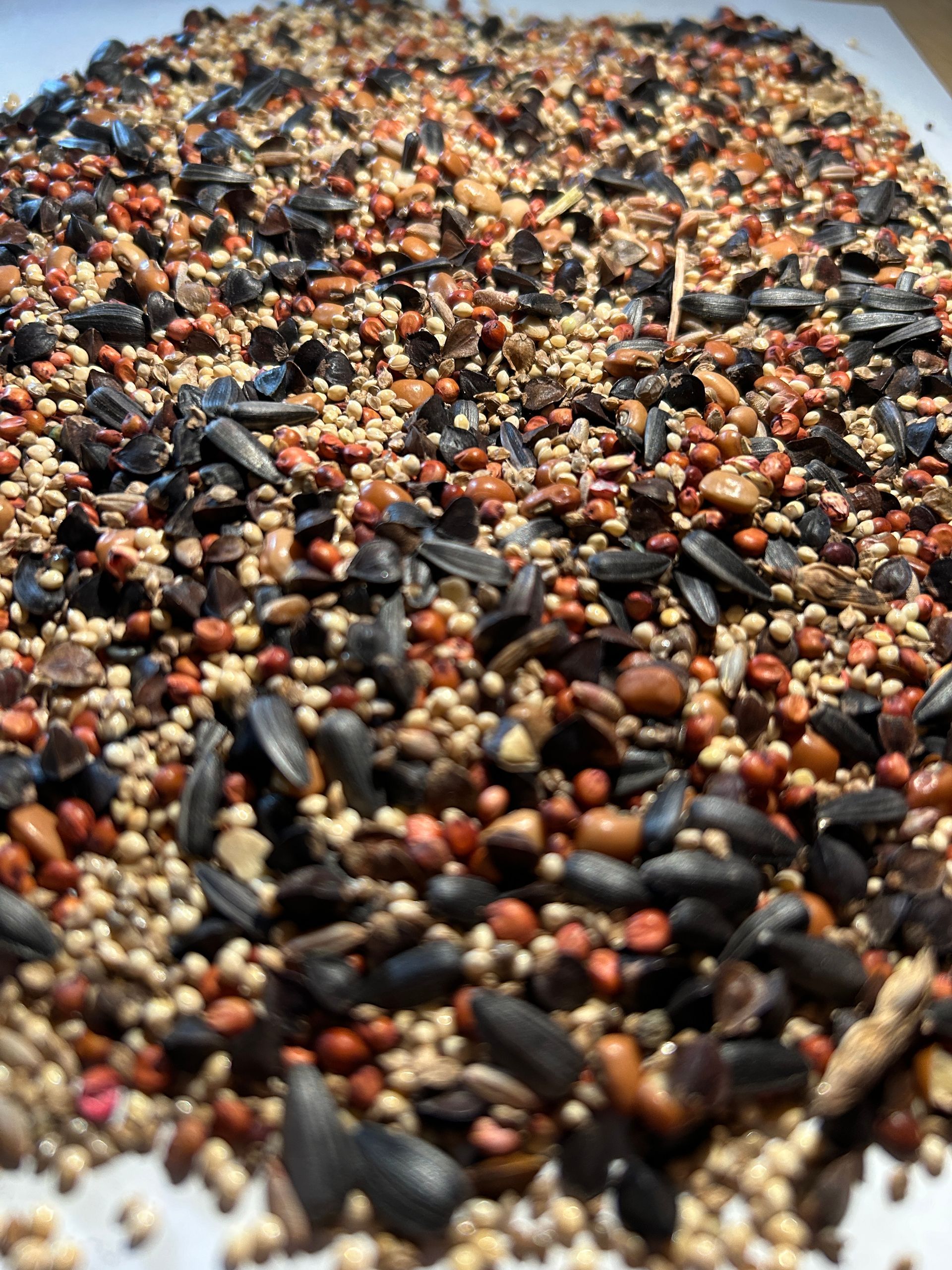
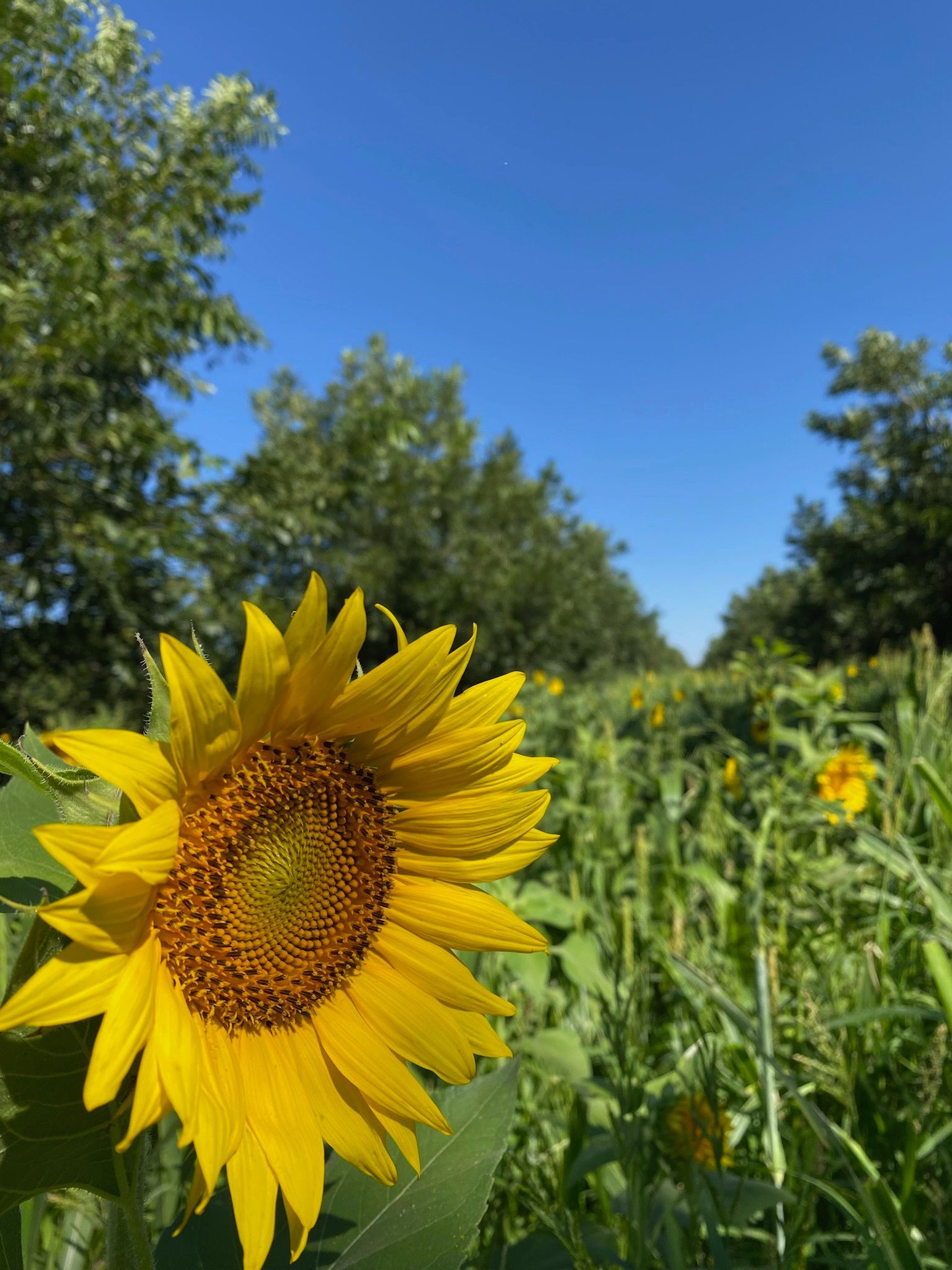
Summer
Surge™
With a broad diversity of heat-loving cover crop champions, this mix is designed to maximize root and foliage mass growth, converting solar energy into soil energy and injecting it deep beneath the surface of your ground.
This mix is a hard pan buster and organic matter workhorse. A sprinkling of sunflowers keeps everybody smiling! This mix does great on open land or in an orchard, with the added benefit of great forage quality.
Thriving in all the Southwest soil types, this mix is the go-to for big change when you have a full growing season to work with. Ideal to sow in late spring/early summer.
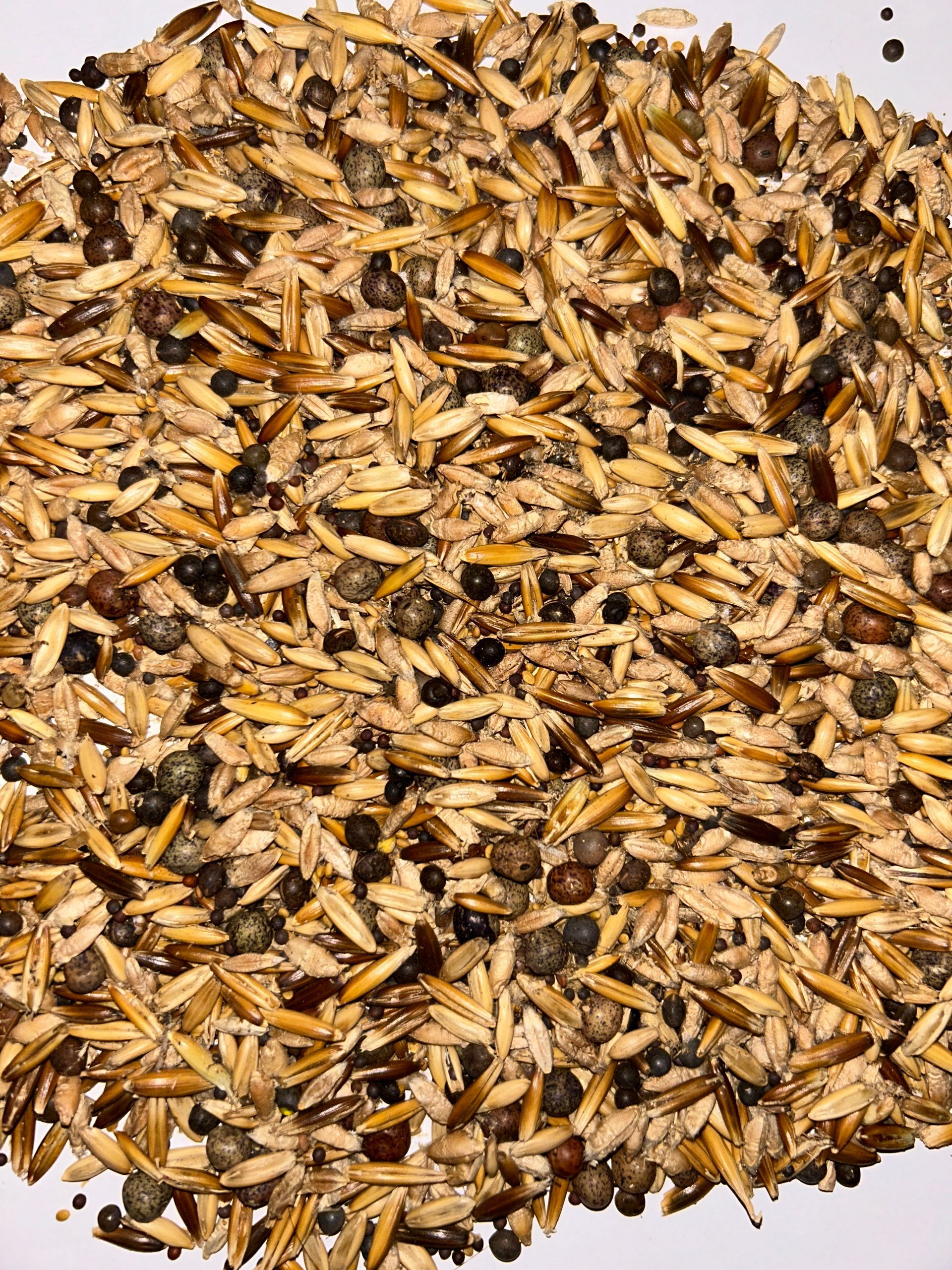
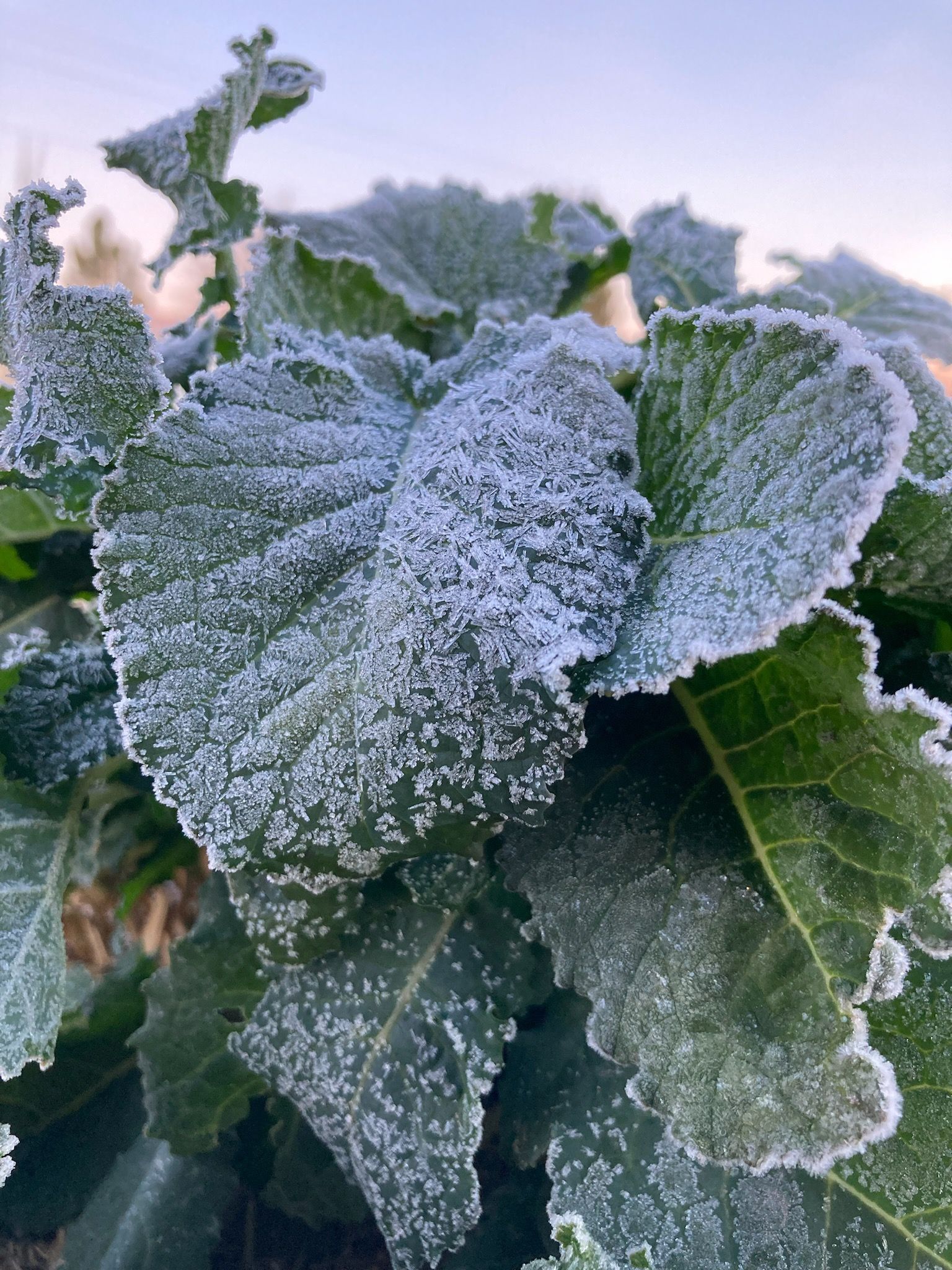
Winter
Wake-up™
Specially formulated to kick-start your growing season, This mix of cool season grasses, legumes, brassicas and broadleaves will start early and run hard.
This mix really shines in legume diversity, weed suppression and planting flexibility. Specifically created for early planting in Pecan orchards, this mix represents a perfect blend of diversity and flexibility.
Like our other blends, the hand-picked species in this mix thrive in most Southwestern soils. Planted late Winter/early Spring, this mix is a wide-open soil building performer!
Why RioGro's simple cover crop approach is so powerful.
1
Diversity is the secret to big change.
Compared to single species plantings, diverse cover crop mixes are where the magic happens! Pioneered by mimicking the diversity in native prairie, our cover crop mixes allow the strengths of each plant family to create rich soil structure. The symbiotic relationship between plants, biology and root exudates creates an environment that builds soil structure, out-competes weeds, and allows water to penetrate effectively.
2
Our mixes are engineered to solve problems.
Whether you are battling soil salinity issues, want to build organic matter, need to reduce weed pressure or need to solve some other problem, we've been there. After years of putting cover crop mixes together and field trials with different seeds, we’ve learned a thing or two. We’ll help you get the mix that will work for you.
3
Simple... but potent.
Like putting hundreds of solar panels on your land, cover crops convert solar energy into biomass- and charge up your soil's carbon battery. It's the elegant design of nature that you can harness to build your soil for future generations. Just plant the seeds and let nature go to work for you.
4
We handle the science so you can focus on the farm.
Our team stays abreast of the research so you don't have to. Plus, we bring you hands-on-experience, agronomic expertise, and a broad range of industry connections to keep you on the cutting edge.
5
Guidance and support as you transform your soil.
Building soil in today's low-profit farming climate can be intimidating. From planning to problem solving, its our passion to make your soil better. Whether you're looking for advice, have specific challenges you need help with or want to brainstorm creating your own custom mix, our friendly team of soil consultants are here to make your journey easy.
Southwest Soil Problems...
Meet Cover Crop Solutions.
1. Low Organic Matter
Cover crops: the cheapest way to get carbon.
A 3,000 lb/ac dry matter cover crop gives you almost 1000 lb/ac Carbon. How much would 1/2 ton carbon cost to buy and spread?
Since plants photosynthesize, they get all that carbon from the air. Plus, they're pushing carbon into the soil through the roots when they're growing. This feeds biology and closes the carbon sequestration loop.
So how much can your organic matter increase? We have observed .25% per year with annual cover crops.
2. Water Use
Save water through growing plants? Yep.
We've been taught that any growing plant is using water, and fewer plants means more water savings. Surprisingly, the opposite is often true. Cover crops keep the soil surface very cool, which reduces evaporation. This bare soil evaporation often loses more water than a growing plant uses. And, when the cover crop is mowed or turned into mulch, there's a huge water savings. Just ask those who've tried it!
3. High Soil Salinity
Adding Carbon helps buffer soil/water salinity issues.
We get it: there are many situations where water and soil salinity need to be treated with chemistry. However, the added carbon and biological activity from cover crops are a huge help in the struggle with soil salinity. Carbon in the form of humus can help buffer various kinds of salt, because it has both positive and negative charges. Plus, the bi-products produced by biology (which are boosted by the cover crop) can help plants deal with stress.
